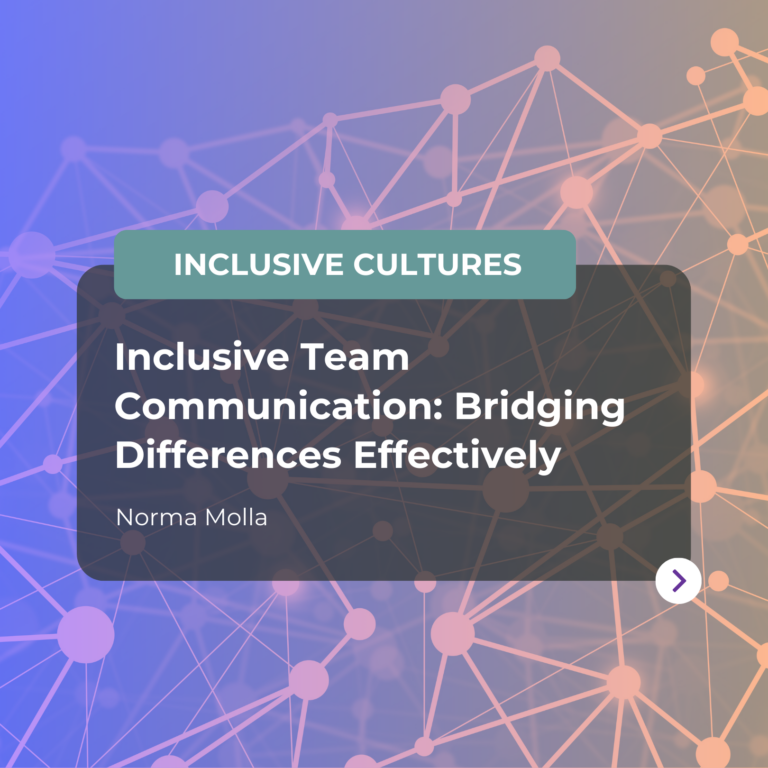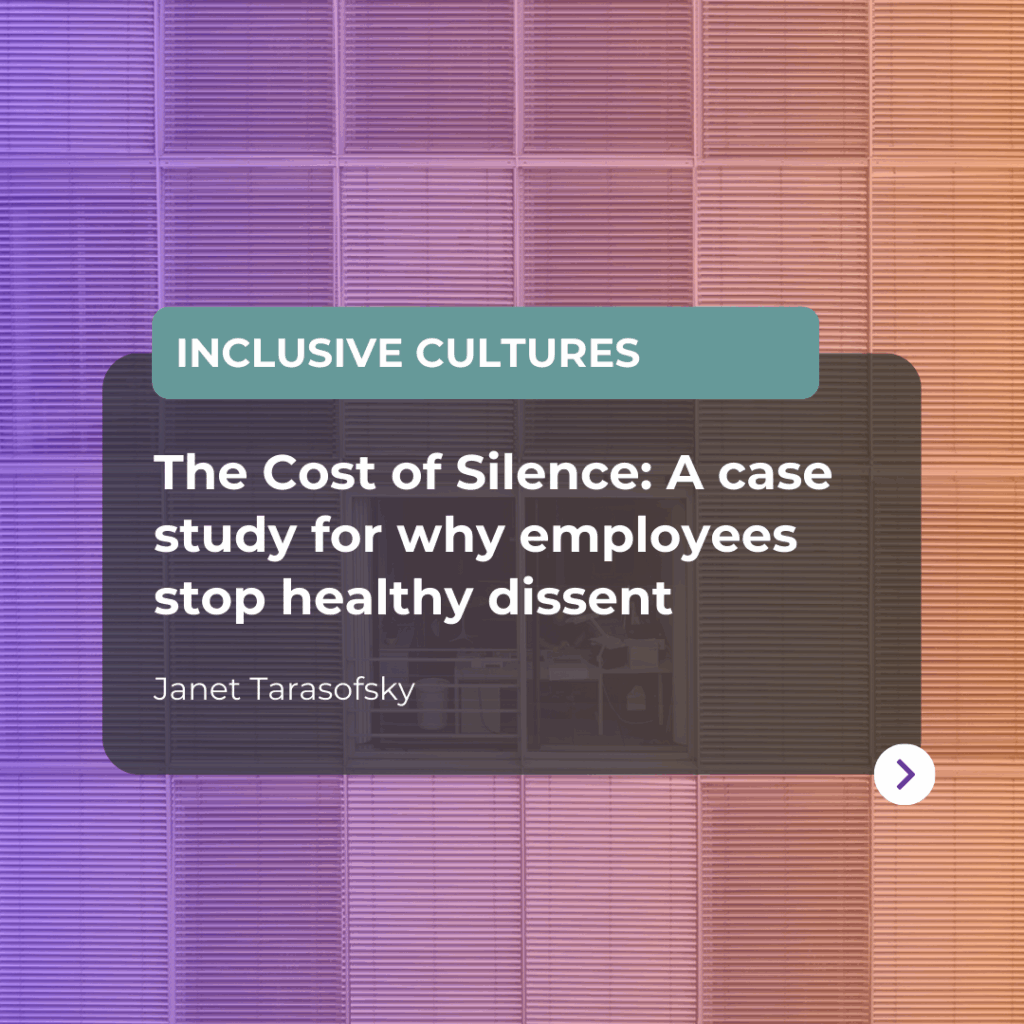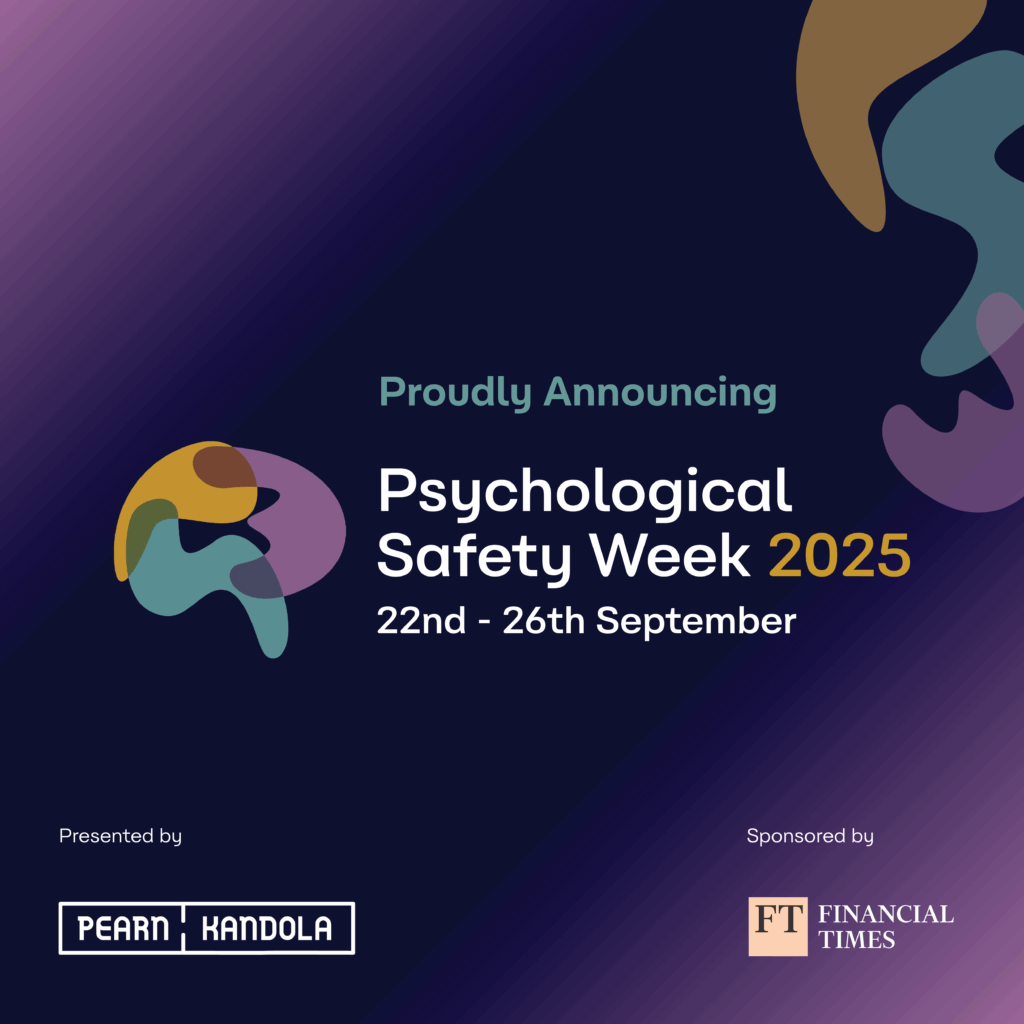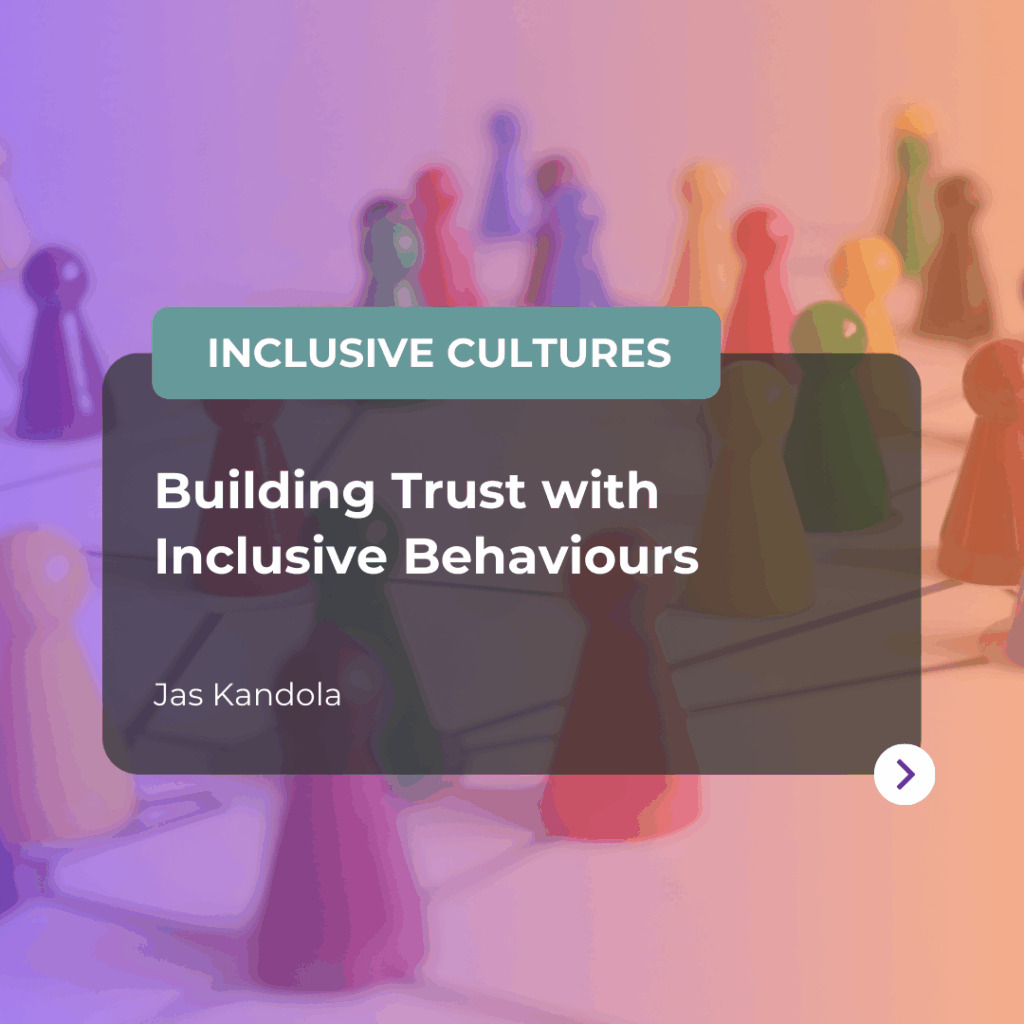In an increasingly online, remote and rapidly changing working world, how can you promote inclusion across your workforce to ensure effective team communication in your organisation?
Understanding Inclusive Team Communication
Pearn Kandola has been training teams to be more inclusive and effective for over 25 years. When teams communicate better, they are more likely to work collaboratively, cohesively and efficiently.
Inclusive team communication is about each team member learning to respect and acknowledge each others’ differences and communicating in a way that demonstrates this. This includes recognising personal biases and micro-incivilities in ourselves and others to minimise their impact on our language and decision-making.
By doing so, we can help foster an environment of psychological safety, encouraging innovation, harmony and collaboration within our teams.
‘Change starts at the top’, and leaders should absolutely set the standard for inclusive behaviour in every organisation. However, upholding an inclusive culture is a responsibility for all your employees. If your teams don’t know how to be inclusive, your organisation will not achieve an inclusive, collaborative and respectful work environment.
The Benefits of Inclusive Team Communication
It’s easy to see why an inclusive team will benefit the individuals within it. If we work within a culture of mutual respect, where we all feel able to bring our whole selves to work, we will likely have a better sense of well-being and safety in the workplace.
If we can communicate inclusively and effectively, we can work together as a team to overcome conflict and feel safe in testing, sharing and cultivating new ideas to come to the most effective solutions.
Now, why does this matter for business? Happier individuals lead to more productive employees and lower turnover of talent. When these individuals, in turn, can communicate better with their peers, you have the ingredients for a high-performing, collaborative and innovative team.
Key Strategies For Inclusive Team Communication
You can improve the culture and communication of your teams in several different ways.
In our Inclusive Teams programme, we utilise our proven INDYNAMICS Quad model, underpinned by a methodology scientifically proven to trigger and embed behavioural change.
To find out more about this programme, contact us.
Here are some ways in which you can support building inclusive teams that communicate and work better in your organisation:
Active listening and empathy
A great definition of Active Listening is “when you not only hear what someone is saying but also attune to their thoughts and feelings.”
Active listening goes beyond simply hearing what someone has to say. It includes practising empathy and considering context and non-verbal cues to understand what they say and why.
We all communicate in different ways; sometimes, we must dig a little deeper to get to the real meaning of what’s being said.
By doing so, we don’t risk dismissing what could be a brilliant idea or can resolve a conflict before it arises.
Using inclusive language
“Hey, guys!” is a term commonly used to address a room full of people, regardless of gender.
In situations like this, the speaker often means it as a generic, genderless term. Harmless. But is it?
Whilst this is a relatively common example, it is, by definition, a gendered term (guys meaning male) and unintentionally excludes those in the room who are not male from the greeting.
Suppose we put that into the context of a workplace, particularly a male-dominated one or one with a gender pay gap. In that case, it’s easier to see how this might contribute towards a feeling of exclusion for those in the business who may already feel like they aren’t part of the ‘in-group’.
Inclusive language takes little effort. But it can have a significant impact. It’s about using terms that apply to everyone and avoiding language that could reinforce stereotypes or be discriminatory about or to a specific group.
Encouraging diverse perspectives
Diverse teams make better decisions 87% of the time. If we all had the same perspectives and experiences, how would we innovate or challenge one another to find the best idea or solution to a problem?
Building a diverse team is one thing. From here, it’s essential to ensure that everyone in the team can contribute and feel safe to challenge ideas and bring their own to the table. It ties back to active listening, respect and psychological safety.
Providing communication training and support
It’s easy to say, “You need to communicate better”, or “You need to be more inclusive”. But what does that actually mean in practice?
We all have our own strengths and challenge areas when it comes to inclusion. Research shows that one-size-fits-all training doesn’t deliver when it comes to triggering behaviour change.
You can raise awareness this way, but tailored training is the only way to help your team members understand what they can do as individuals to be more inclusive.
Our Inclusive Teams workshops utilise our bespoke digital platform Kandola+ to ensure each participant gets a targeted action plan based on their strengths and weaknesses.
Overcoming Communication Barriers
Communication barriers can arise within teams in many ways, some more obvious than others.
Addressing language differences
Where team members may have different first languages, everyone needs to be patient and respectful, particularly if you are conversing in your native tongue when a team member is not.
Trying different forms of communication when overcoming a language barrier might be helpful. For example, this could be to try written communication over spoken, or vice-versa, depending on what works best for different team members.
Managing cultural differences
In a global organisation, multiple languages may be just one of many communication barriers that arise. Cultural differences could cause barriers in communication, and international organisations need to consider the cultural context in which they operate.
Raising awareness of and understanding these differences within a team will help those within it work better together. Going back to the active listening strategy will support this and promote mutual understanding, open discussion and respect.
Reducing unconscious bias
We all have biases. When we accept that we have them, we can work to identify and mitigate them.
Training your team to understand types of unconscious bias, how it manifests in the workplace, and the impact it can have is so important. But crucially, you need to go further and equip your team to tackle and overcome these biases to work more effectively together.
Measuring the effectiveness of Inclusive Communication
How can you measure the effectiveness of inclusive communication?
In our proven Inclusive Teams workshop, we utilise our digital platform, Kandola+, to measure how inclusive participants are.
Based on the action plans they receive to address their challenge areas, we can measure whether there has been an increase in each participant’s inclusive behaviours based on inclusion assessments and feedback from their own colleagues.
More widely, we can also conduct DEI audits and focus groups to gather feedback and look for success and potential improvement areas.
96% of participants become more inclusive following our Inclusive Teams programme. That’s a change you can measure. Get in touch to find out more.
Next Steps
If your organisation needs support in how to implement inclusion across your workforce to improve team communication, then reach out to Pearn Kandola at info@pearnkandola.com to learn more about our inclusive teams solutions.






